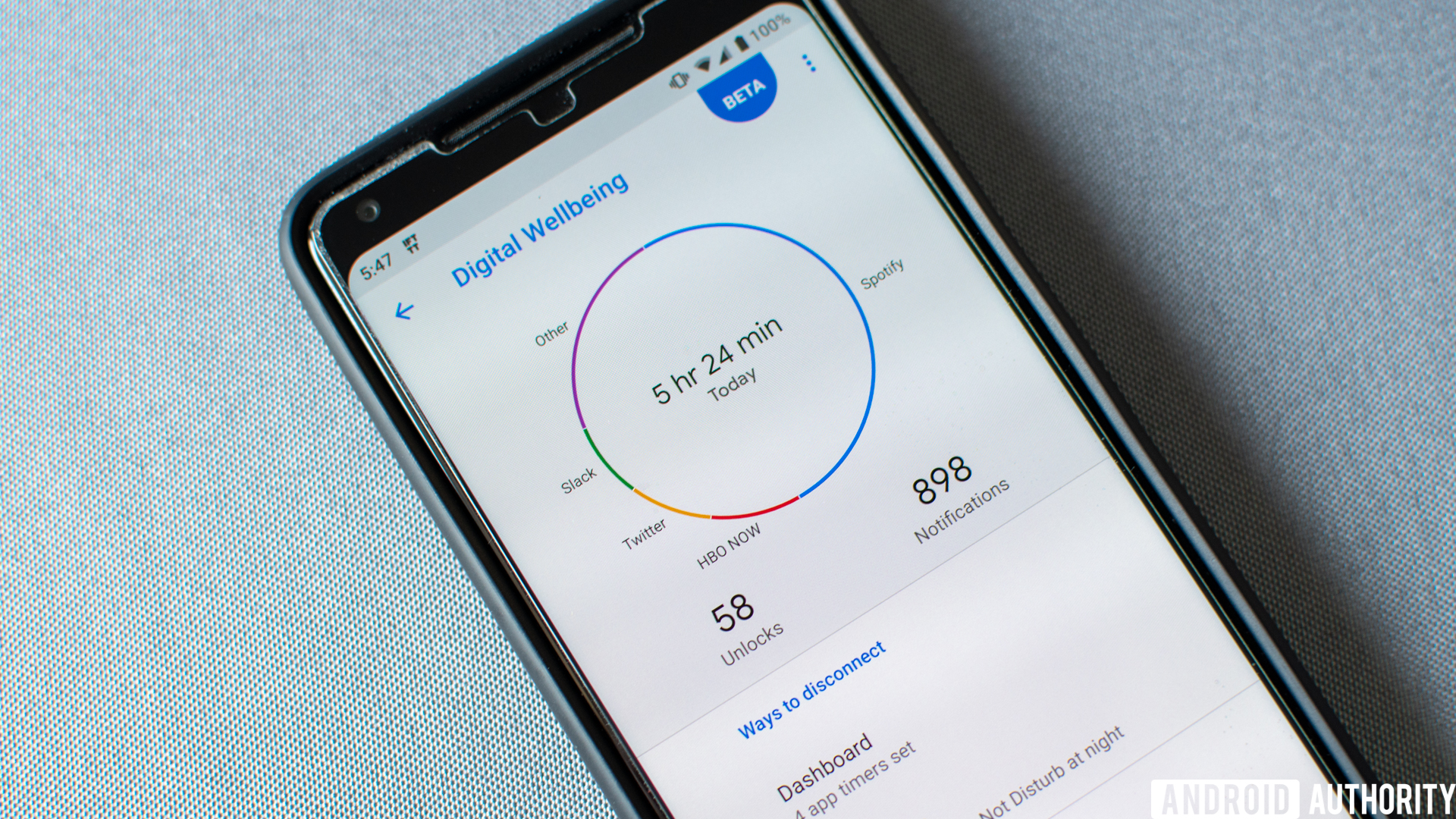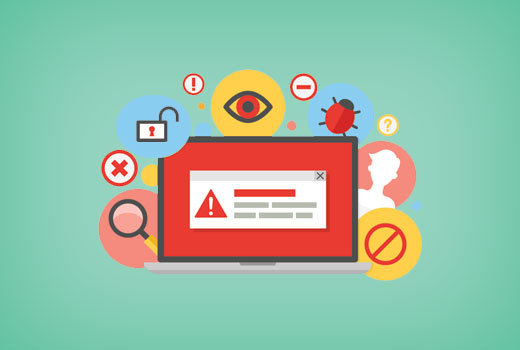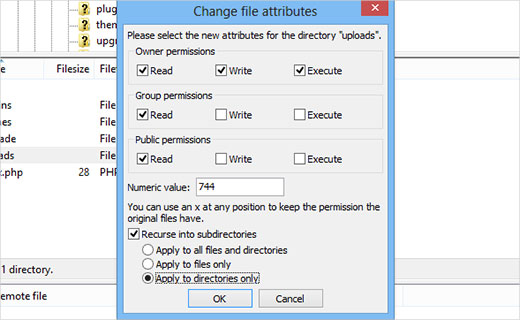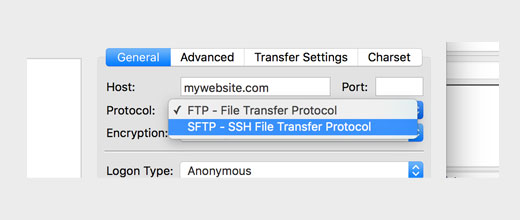Updated OnePlus Bullets Wireless on the way
- A new version of OnePlus’ wireless headphones – perhaps called the OnePlus Bullets Wireless 2 – were just spotted at the FCC.
- The new OnePlus Bullets Wireless have the model number BT32B. The original set were model number BT31B.
- It is not clear what these headphones will have over their predecessors, but it’s likely they will launch with the OnePlus 6T.
OnePlus launched the OnePlus Bullets Wireless back in May alongside the OnePlus 6. Now, according to the FCC, we know that a sequel pair — perhaps called the OnePlus Bullets Wireless 2 — are on the way.
While we can’t say for certain, it’s a good bet we’ll see the OnePlus Bullets Wireless 2 at the launch event for the upcoming OnePlus 6T, which for right now looks to be in October.
The original Bullets Wireless had the model number BT31B, and the new filing with the FCC labels the new pair as BT32B. The filing also very clearly calls the headphone OnePlus Bullets Wireless and even includes a picture:
Obviously, we can’t see the earbuds themselves in the photo, but at least we know that the new Bullets Wireless will feature the same “collar” design as the original Bullets Wireless did.
If the design is similar and the name is pretty much the same, what could OnePlus bring to the table with these new headphones? That’s anyone’s guess at this point, but hopefully, the price point won’t go up significantly and OnePlus will actually keep the new Bullets Wireless in stock at OnePlus.com, as the original Bullets Wireless are frequently unavailable.
We learned today that the OnePlus 6T will absolutely feature an in-display fingerprint sensor and might launch on October 17. It’s a good bet we’ll find out all there is to know about the OnePlus Bullets Wireless 2 — if they are indeed called that — on the same date.
NEXT: OnePlus 6T in-display fingerprint sensor confirmed, October launch date teased?
Source: Android Zone
The post Updated OnePlus Bullets Wireless on the way appeared first on TuneMaster.ml.












